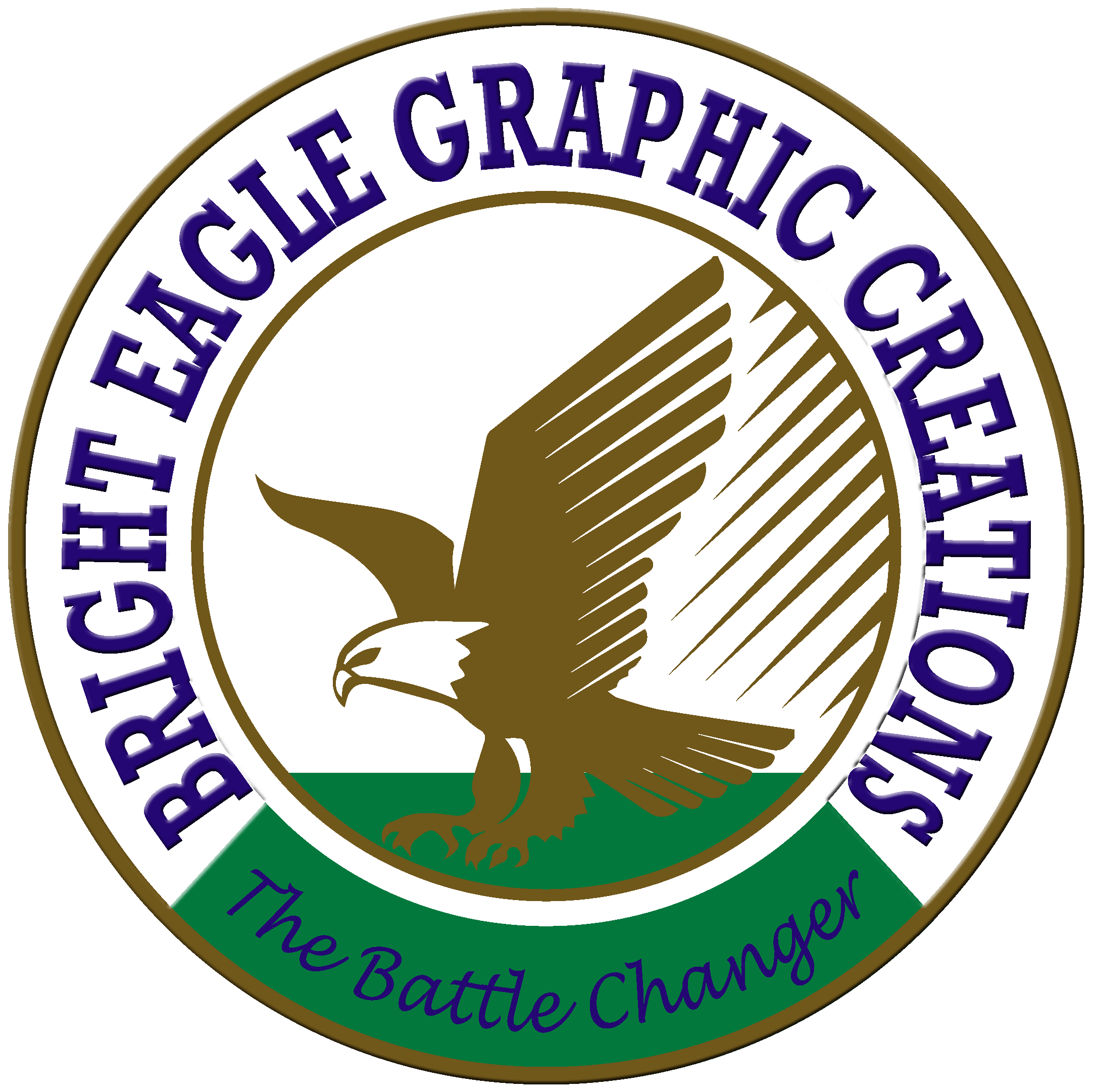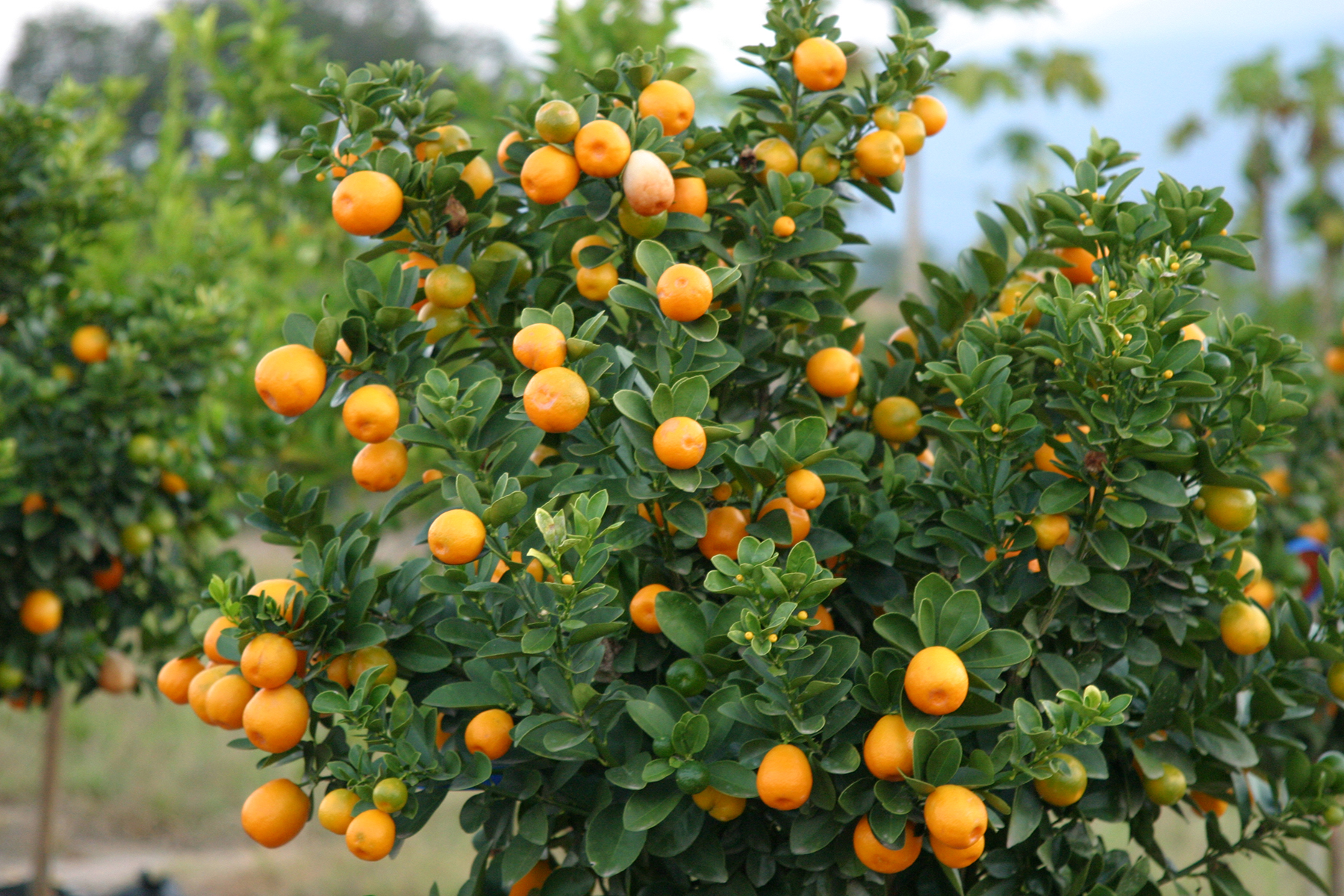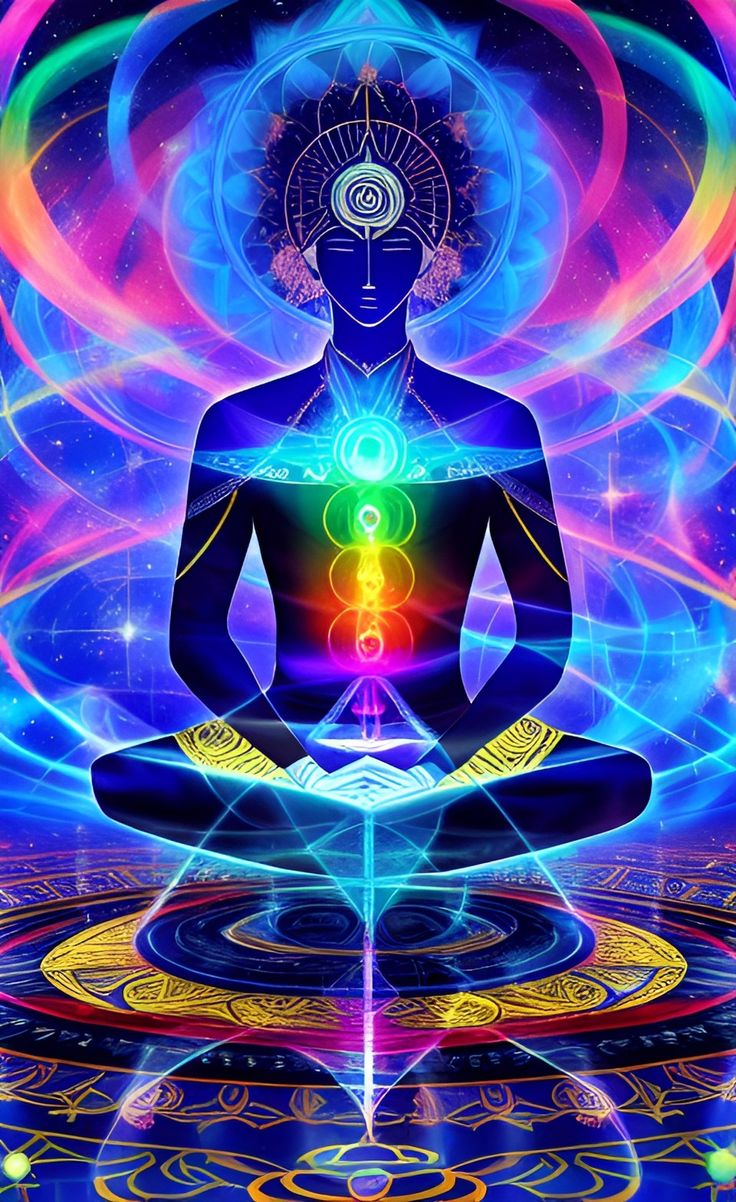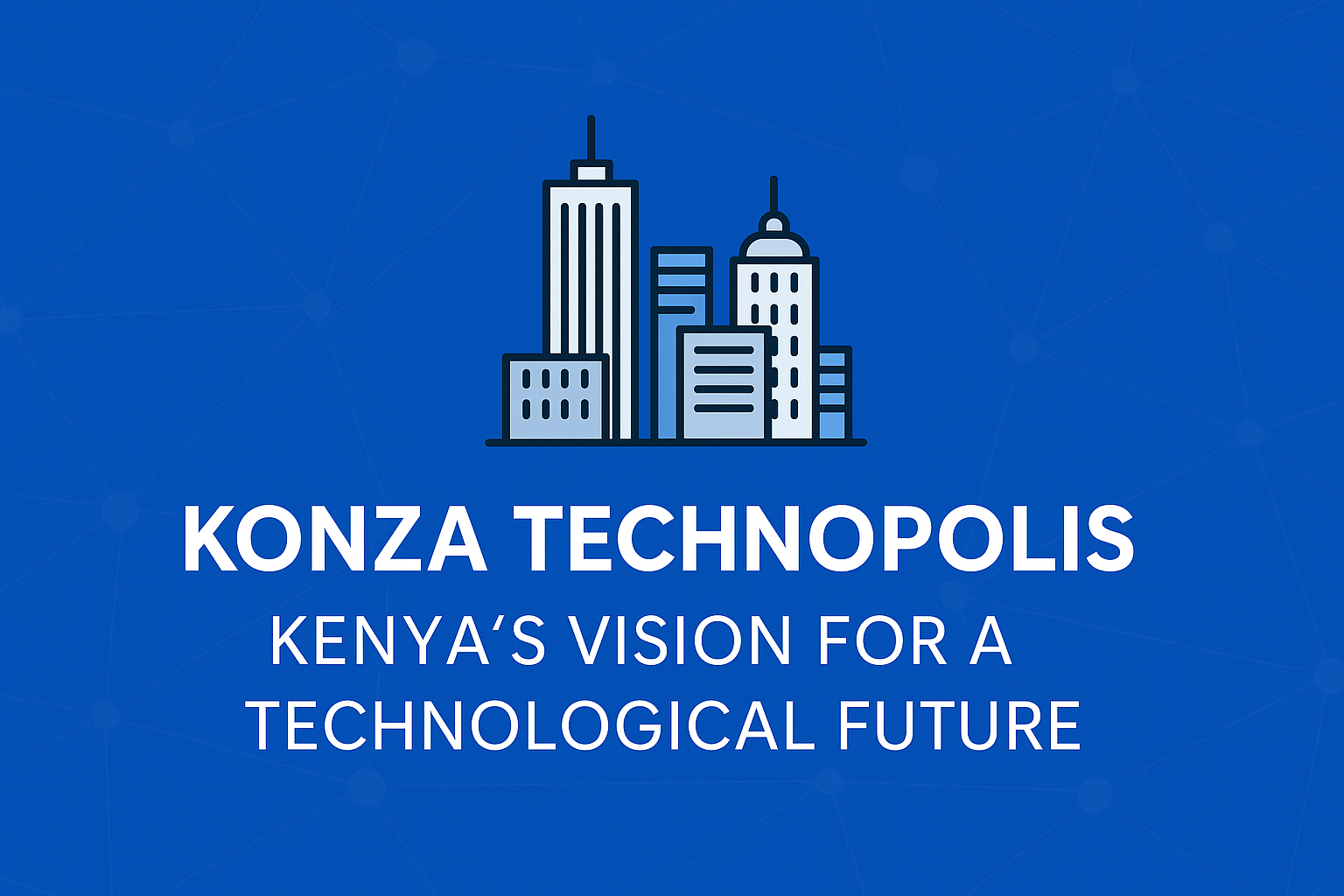The Evolution of Artificial Intelligence and Its Impact on Art & Design
The history of Artificial Intelligence (AI) is not just a tale of machines becoming smarter it’s also a journey into how technology intersects with creativity. For designers and artists today, AI offers new tools, challenges, and endless inspiration. Let’s explore how AI developed over time and how it’s influencing the world of art and design.
1. Ancient Roots: Imagining Creative Machines
Long before computers existed, humanity imagined intelligent beings. Ancient myths from Greece (like Talos, a mechanical guardian) and legends like the Jewish Golem hinted at artificial creators. Philosophers like Aristotle developed logical reasoning, laying a foundation for machines that “think.” In the 13th century, Ramon Llull envisioned machines that could combine ideas to form new knowledge—a concept that resonates with modern generative art.
2. Mathematical Foundations (1600s–1940s)
Pioneers like Leibniz and Boole formalized logic, which later fueled digital computing. In 1936, Alan Turing proposed the idea of a machine that could simulate any process of reasoning. These foundations eventually enabled machines not only to compute but to simulate human creativity.
3. The Birth of AI (1950s)
In 1956, the term Artificial Intelligence was officially coined at the Dartmouth Conference. Early programs could play chess and solve algebra, but their creativity was limited. However, even then, researchers dreamed of machines that could mimic human intelligence including creative thought.
4. AI’s Early Limits & Renewed Dreams (1960s–1980s)
Despite early optimism, progress was slow. Machines struggled with complexity. But by the 1980s, expert systems mimicked decision making in narrow fields. These systems laid groundwork for design applications that would later emerge such as CAD systems and algorithm-based design tools.
5. The Rise of Machine Learning (1990s–2000s)
The 1990s saw AI shift from hard-coded rules to data-driven learning. Tools like decision trees and neural networks became popular. These innovations started appearing in design, especially in automation, photo editing, and procedural modeling. AI assisted creativity was no longer a dream.
6. Deep Learning & Creative AI (2010s–Present)
The last decade brought a revolution. With deep learning and powerful GPUs, machines began creating art, music, and designs. In 2012, AI surpassed humans in image recognition tasks. Tools like Deep Dream and StyleGAN generated surreal visuals, while platforms like DALL·E and RunwayML now allow artists to generate images with text prompts.
The launch of ChatGPT, Midjourney, and Adobe Firefly ushered in a new age of AI-assisted creativity. Designers now use AI to enhance workflows, explore concepts, and create complex visuals with ease.
7. Current Applications in Art & Design
Today, AI is deeply integrated into creative workflows:
- Graphic Design: AI tools generate layouts, logos, and mockups.
- Illustration & Animation: Tools assist with character design, motion paths, and frame interpolation.
- Architecture & 3D Modeling: Algorithms optimize shapes, spaces, and textures.
- Fashion & Product Design: AI predicts trends, personalizes styles, and even co-designs garments.
8. The Future: Creativity + Intelligence
As AI continues to evolve, it offers both inspiration and challenges. Artists and designers must now consider:
- Ethical implications (e.g., ownership of AI-generated works)
- Human-AI collaboration (using AI as a creative partner)
- Originality vs. Automation (balancing personal expression with AI efficiency)
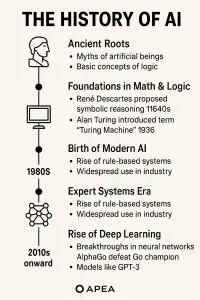
Conclusion
Artificial Intelligence is no longer just a scientific curiosity it’s a creative force reshaping the art and design world. As you explore your own creative journey, embracing AI tools can unlock new dimensions of expression and efficiency.
What are your thoughts on AI in art and design? Drop a comment below, we would love to hear from you!
